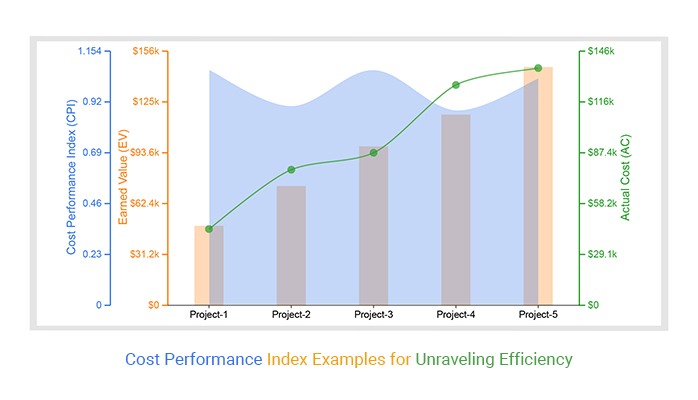In an era where healthcare costs continue to rise, individuals are actively seeking alternative solutions to traditional health insurance. One such alternative gaining popularity is medical cost-sharing plans. While these plans offer an intriguing alternative, understanding the fine print becomes crucial for individuals looking to navigate the complexities of healthcare financing. This article delves into the intricacies of medical cost-sharing plans, shedding light on what is included and what considerations one must bear in mind.
The Foundation of Medical Cost-Sharing Plans
Medical cost-sharing plans, at their core, operate on a distinct principle compared to conventional health insurance models. Instead of traditional fixed premiums, members contribute predetermined amounts to a communal pool. This shared fund is then used to cover eligible medical expenses incurred by plan participants.
If you get medical cost-sharing plans, individuals not only get medical cost-sharing plans that align with their values but also gain a unique financial strategy. This approach emphasizes a sense of community responsibility, where individuals collectively contribute to each other’s well-being. Understanding this foundational aspect is paramount, as it sets the stage for comprehending the dynamics that govern medical cost-sharing plans.
Covered Services and Eligibility Criteria
Before taking the medical cost-sharing plans, it is important for everyone to know the medical cost-sharing plans first. Medical cost-sharing plans encompass a broad spectrum of covered services, mirroring traditional health insurance to a significant extent. Hospital stays, surgical procedures, diagnostic tests, and even prescription medications are often part of the coverage.
However, it’s crucial to note the nuances in coverage, especially concerning pre-existing conditions and preventive care. Unlike conventional insurance, which may offer comprehensive coverage for pre-existing conditions after a waiting period, cost-sharing plans might have varied policies. Some plans exclude pre-existing conditions entirely, while others might have waiting periods before extending coverage. Additionally, preventive care coverage might not be as expansive, emphasizing the importance of understanding what qualifies as preventive services and how they are covered under the chosen plan.
Cost-Sharing Structure
The financial framework of medical cost-sharing plans revolves around a distinctive cost-sharing structure. Members contribute a monthly share, similar to a premium in traditional insurance, which forms a pool of funds used to cover medical expenses. However, unlike fixed premiums, these shares might vary based on age, number of family members, or the chosen plan.
Moreover, most plans impose an annual unshared amount (AUA) akin to a deductible. This amount acts as a threshold that members need to fulfill before the plan starts sharing medical costs.
Co-sharing percentages are another critical aspect to comprehend. While traditional insurance often has fixed co-pays or co-insurance rates, cost-sharing plans usually involve members sharing a percentage of the medical costs. Understanding these percentages is vital, as it directly impacts the out-of-pocket expenses for members. Additionally, some plans might limit the maximum amount a member must contribute in a given year, providing financial security against catastrophic medical expenses.
Provider Networks and Accessibility
Unlike traditional insurance plans that often limit members to specific networks of healthcare providers, medical cost-sharing plans typically offer more freedom in choosing providers. This flexibility allows individuals to access a broader range of healthcare professionals and facilities. However, it’s essential to note that while these plans don’t have predefined networks, they might lack negotiated rates or discounts with in-network providers found in conventional insurance. Consequently, members might need to deal with costs directly with healthcare providers, emphasizing the need for transparent communication regarding expenses before receiving services.
Accessibility plays a pivotal role in determining the feasibility of preferred healthcare providers. Understanding the ease of access to healthcare professionals and facilities is crucial, especially for individuals living in remote areas or seeking specialized care. Members need to assess healthcare providers’ proximity and willingness to accept cost-sharing plans, ensuring practical and convenient access to healthcare services when needed.
Claims Process and Reimbursement
Navigating the claims process is integral to maximizing the benefits of a medical cost-sharing plan. Members often pay healthcare providers directly and then submit reimbursement claims to the cost-sharing organization. However, the claims process might involve thorough scrutiny to ensure the services align with the plan’s guidelines. Understanding the documentation requirements, adhering to the submission process diligently, and maintaining clear records of medical expenses are essential steps in ensuring a smooth reimbursement experience.
Reimbursements might take time, requiring patience from members. Additionally, the transparency and responsiveness of the cost-sharing organization in handling claims significantly impact the overall experience. Members should familiarize themselves with the organization’s claim processing timelines and communication channels, fostering a proactive approach to managing their healthcare expenses.
Additional Services And Support
In addition to core medical coverage, many medical cost-sharing plans offer supplementary services and support. These include telemedicine services, health coaching, second opinion consultations, or wellness programs. Assessing the relevance of these additional offerings to individual healthcare needs can significantly enhance the overall coverage provided by these plans. For instance, telemedicine services can offer convenience, especially for minor medical concerns, while wellness programs might promote preventive care and healthier lifestyles.
It is crucial to understand these additional services, their availability, and any associated costs or limitations. Evaluating the value they add to the overall healthcare coverage assists members in making informed decisions about the suitability of a specific cost-sharing plan for their unique healthcare requirements.
Conclusion
Venturing into the realm of medical cost-sharing plans demands a nuanced understanding of the fine print. As individuals explore alternatives to conventional health insurance, delving into the intricacies of medical cost-sharing plans empowers them to make informed choices aligned with their healthcare needs and financial considerations. By unraveling the details, one can navigate the complexities of these plans with confidence, ensuring a more secure and well-informed healthcare financing strategy.
